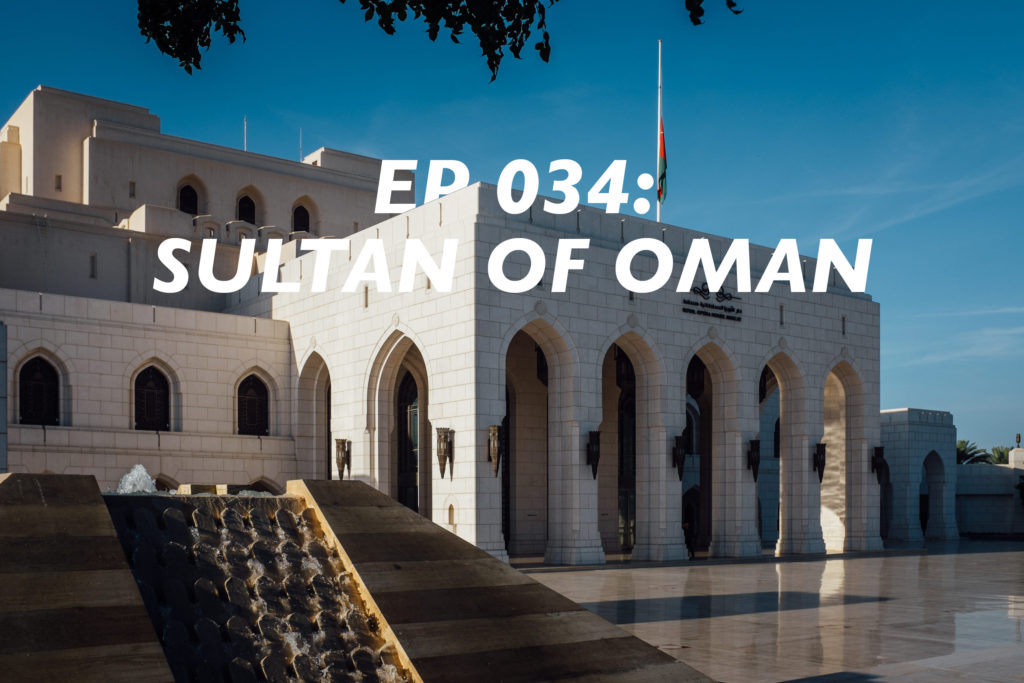
On this day, July 23, in 1970, Sultan Qaboos bin Said Al Said took power from his father Sultan Said bin Taimur Al Said in a coup d’état. This was the day that the Sultanate of Oman entered into its renaissance, and this day is celebrated as Renaissance Day.
Who is Sultan Qaboos, what is the renaissance, and why is he revered among Omanis?
Sultan Qaboos
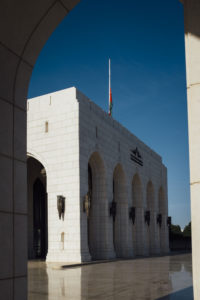 Born in Salalah on November 18, 1940, Sultan Qaboos bin Said Al Said was his father’s only child. He was educated in Oman until the age of 16, when he was sent off to England to finish his basic education at Bury St Edmunds.
Born in Salalah on November 18, 1940, Sultan Qaboos bin Said Al Said was his father’s only child. He was educated in Oman until the age of 16, when he was sent off to England to finish his basic education at Bury St Edmunds.
In 1960, Sultan Qaboos entered the Royal Military Academy Sandhurst, and later joined the British Army with the 1st Battalion, the Cameroonians. His time with the infantry regiment was short and he returned to Salalah in 1964 after a world tour.
Returning home must have been bitter sweet for the future Sultan, because his paranoid father gave him no official position, no soldiers to lead, and was kept in forced isolation. He was allowed approved visitors, one of which was Timothy Landon, a British Army Officer who’s regiment was in Oman helping defeat the Dhofar Rebellion, and who Sultan Qaboos knew from Sandhurst.
Landon became the catalyst between Sultan Qaboos’ desire to affect change in his country and the British government’s desire to stop a rebellion from affecting the West’s oil supply through the Straits of Hormuz.
In 1970 Oman, on the day Sultan Qaboos seized power, there were three schools for 900 students, nine health centers, six miles of roads, and no electricity. Oman was in the dark ages from Sultan Said’s backward, reclusive policies. Additionally, the Dhofar Rebellion raged on since 1963.
Renaissance – Birth of a Nation
Upon ascending the throne, Sultan Qaboos extended general amnesty to anybody who opposed his father, engaged in military opposition toward those who did not accept the amnesty, included Dhofar as Oman’s southern province, aimed to have Oman recognized as a legitimate state, and developed the nation into a modern society using the newly discovered hydrocarbon resources.
From day one it was a challenge, Sultan Qaboos had to win a civil war, and start building a new country, essentially from scratch. In his first speech he said, “we hope that this day will mark the beginning of a new age, and a great future for us all.” He called on Omanis to, “help build the thriving and happy future that we seek for this country.”
Through the years, Sultan Qaboos work at his goal, but this goal wasn’t his alone. Through annual speeches, the monarch called on citizens to, “share the burden of responsibility,” while recognizing Oman’s past strength and glory. A humble nationalism, if you will.
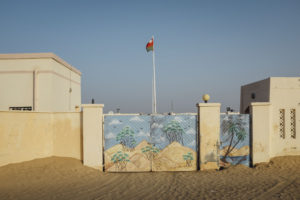 A modern nation needed to be educated, and by 1975 there were 176 schools serving over 50,000 students. By 1980 that number doubled. Sultan Qaboos also recognized the need for technical and vocational training. Programs were started in 1972 and were greatly expanded again in the 1980s. Higher education was also addressed, notably in 1986 with the inauguration of Sultan Qaboos University, and continues today with several private colleges operating, including the application of international accreditation standards to all colleges.
A modern nation needed to be educated, and by 1975 there were 176 schools serving over 50,000 students. By 1980 that number doubled. Sultan Qaboos also recognized the need for technical and vocational training. Programs were started in 1972 and were greatly expanded again in the 1980s. Higher education was also addressed, notably in 1986 with the inauguration of Sultan Qaboos University, and continues today with several private colleges operating, including the application of international accreditation standards to all colleges.
A healthy nation was important as well. Sultan Qaboos made healthcare a social program, it is free for all citizens and the national system rapidly built 90 hospitals by 1974. Just a few years later, basic health clinics were even found in most remote locations. Looking to the future, the Ministry of Health’s “Health Vision 2050” lays out the framework for the most modern system.
Sultan Qaboos knew a modern society needed basic infrastructure from which to grow. Construction project commenced almost immediately in 1970. Roads between major cities, Seeb Airport, and commercial ports were all built within the first four years of reign. Large power stations and water desalination plants also sprung up.
Oman is land rich, and Sultan Qaboos used this wealth to allocate property to Omanis who wished to build houses, which continues today. For low-income families he even built houses through various programs.
Sultan Qaboos was uncomfortable with a single source of income for the economy. He said, “oil is a finite resource, and its age is limited. Therefore, it is necessary not to depend on it solely to finance development.” Again, he reminded Omanis “to save, invest, pursue business interests, develop industry, tourism and agriculture, and utilize mineral resources, fisheries, livestock and other sources of revenue.”
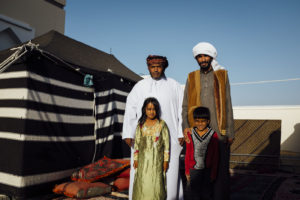 Nation building doesn’t come easy. The patriarch admonished Omani youth in 1992, saying Oman is a “society that is used to hard work and it is not our style to be lazy or negligent, but to responsibly and honestly carry out our obligations.” And in 1989 he spoke about manual labor, “it is shameful to permit false pride to provide an excuse that such work is beneath one.”
Nation building doesn’t come easy. The patriarch admonished Omani youth in 1992, saying Oman is a “society that is used to hard work and it is not our style to be lazy or negligent, but to responsibly and honestly carry out our obligations.” And in 1989 he spoke about manual labor, “it is shameful to permit false pride to provide an excuse that such work is beneath one.”
A father’s duty is to protect, support, teach, listen, discipline, love, and ultimately set his children free to continue their lives. Omanis view Sultan Qaboos bin Said Al Said as the nation’s father. He protected his children from rain, heat, and disease. He supported them in the arts and entrepreneurship. He educated them at home and abroad. He listen to them during is royal tours, and scolded them when they misbehaved. All out of love.
Set Free
The last thing left for Sultan Qaboos to do was set his children free.
To the people of the beloved homeland in all its districts, to the Arab and Islamic nations and to the world at large.
It is with hearts filled with faith in Allah and his Providence, and with great sorrow and deep sadness— yet with complete satisfaction and absolute submission to the will of the Almighty Allah, that the Diwan of Royal Court mourns His Majesty Sultan Qaboos Bin Said, who passed away on Friday, the 14th of Jumada Al-Ula, the 10th of January 2020, after establishing a comprehensive renaissance over the past 50 years since he assumed power on the 23rd of July 1970, and after leading a prudent and triumphant march, abundant with bounty that prevailed all over Oman, from corner to corner, and even spread over to the Arab world, Islamic nation and the rest of the world. This renaissance resulted in a balanced foreign policy that was saluted with solemn respect by the whole world.
Sultan Qaboos bin Said Al Said is revered by Omanis not because of duty or allegiance, rather because of his stewardship, care, and love.
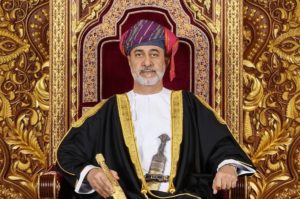 Who is Sultan Haitham?
Who is Sultan Haitham?
With every end comes a new beginning. Meet Sultan Haitham bin Tariq Al Said.
Sultan Haitham succeeded Sultan Qaboos on January 11, 2020 after an emergency oath.
Article 6 of the Constitution of Oman gives the royal family three days to decide on a successor, or the Defence Council will open a letter written by the late Sultan, and instate the person named.
In this instance, the royal family decided to respect the decision of Sultan Qaboos, and instate whomever he identified in the letter. The Defence Council opened the letter and revealed Sultan Haitham bin Tariq Al Said as his chosen successor.
In his first speech, Sultan Haitham promised to “march forward on this road so the Oman could attain and maintain its prominent place in which His Majesty Sultan Qaboos wished to position it.”
Sultan Haitham isn’t new to public service. He worked in the Omani Ministry of Foreign Affairs as Secretary General of the Ministry, and later he was appointed as the Minister of Heritage and Culture in 2002 where he served before ascending to the throne. He also lead many national efforts and committees along the way.
He is calm, collected, very literate, and down to earth. At age 65 his beard is mostly salt with some fleeting pepper. He stands tall and grounded like a juniper tree on Jebal Akhdar.
Unlike Sultan Qaboos, Sultan Haitham has four children. Two sons, and two daughters. However, the Article 6 royal succession plan remains in place in the Constitution.
Challenges Ahead
 Just like Sultan Qaboos before him, Sultan Haitham inherits a series of pressing challenges, mainly the economy.
Just like Sultan Qaboos before him, Sultan Haitham inherits a series of pressing challenges, mainly the economy.
Sultan Qaboos’ vision of an economy independent of oil has yet to be fully realized, and became most evident in 2015 when the oil price dropped very low, forcing the government to operate in a deficit. Something they’ve been doing since, with reserve funds dwindling.
Efforts to generate revenue by reducing subsidies, and increasing fees and taxes have helped to reduce the annual deficit, but it’s just one drop in the large bucket.
While no official numbers are published, the youth unemployment rate is very high. Oman’s population is growing faster than the economy can bare, and skilled graduates enter a market with limited opportunities in the private sector.
Then, 2020 brought SARS-CoV-2 and the resulting COVID-19 disease, effectively delaying any economic recovery efforts. And Saudi Arabia made fresh efforts to drive the cost of oil down again.
When I asked an Omani friend what the people think of Sultan Haitham and the challenges ahead, he said, “the burden of a country is on his shoulders, it’s good he has broad shoulders.”
Sultanate Ep 034: Sultan of Oman Links
- Sultan Qaboos Obituary
- Buy the Symphonic Impressions of Oman by Lalo Schifrin
- Read Sultan Haitham’s first speech
Follow the show and find more about Oman at:
[table id=8 /]
Sources
Kéchichian, Joseph A. “A Vision of Oman: State of the Sultananate Speeches by Qaboos Bin Said, 1970-2006.” Middle East Policy Council, mepc.org/journal/vision-oman-state-sultananate-speeches-qaboos-bin-said-1970-2006.
“Qaboos Bin Said.” Wikipedia, Wikimedia Foundation, 23 July 2020, en.wikipedia.org/wiki/Qaboos_bin_Said.
“Haitham Bin Tariq.” Wikipedia, Wikimedia Foundation, 22 July 2020, en.wikipedia.org/wiki/Haitham_bin_Tariq.
“Dhofar Rebellion.” Wikipedia, Wikimedia Foundation, 1 May 2020, en.wikipedia.org/wiki/Dhofar_Rebellion.
“Sultan Qaboos Biography.” Oman Info, Ministry of Information, 5.37.56.186/module.php?m=pages-showpage&CatID=210&ID=870.
“Sultan Haitham Biography.” Oman Info, Ministry of Information, 5.37.56.186/module.php?m=pages-showpage&CatID=210&ID=870.
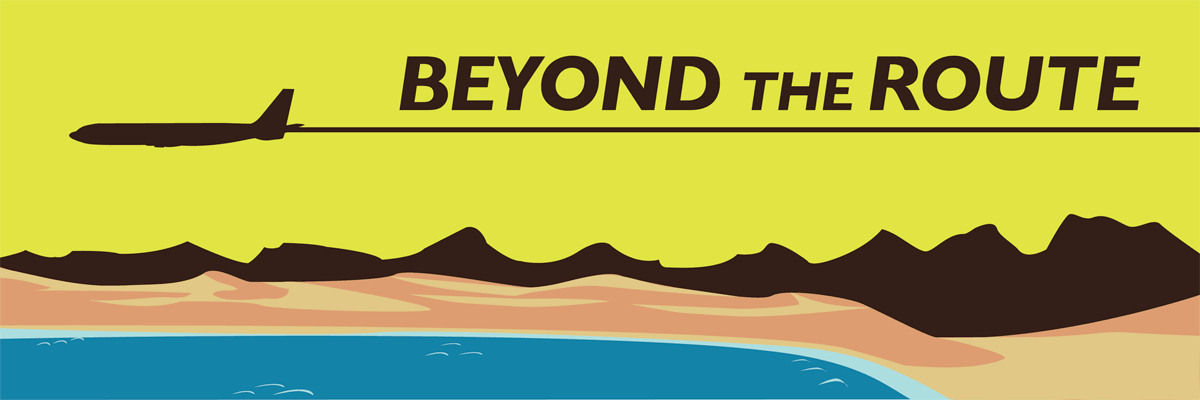
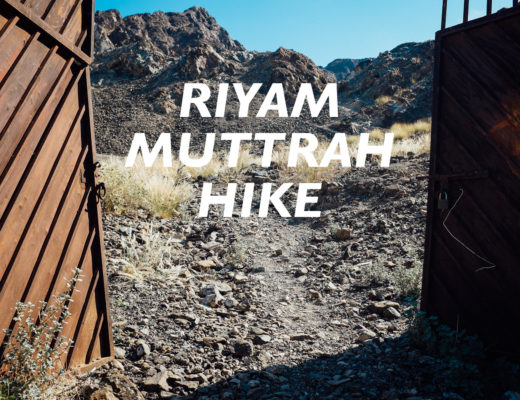
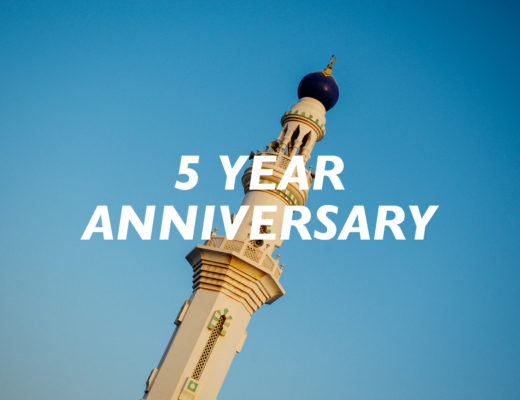
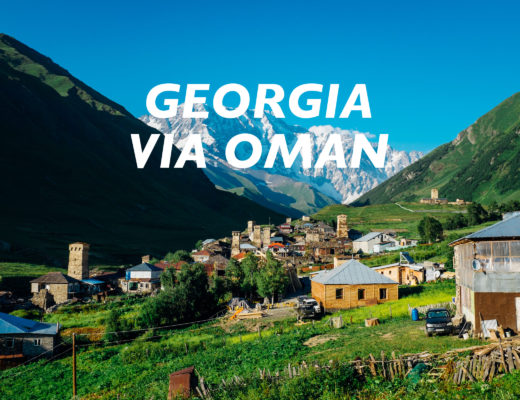
No Comments